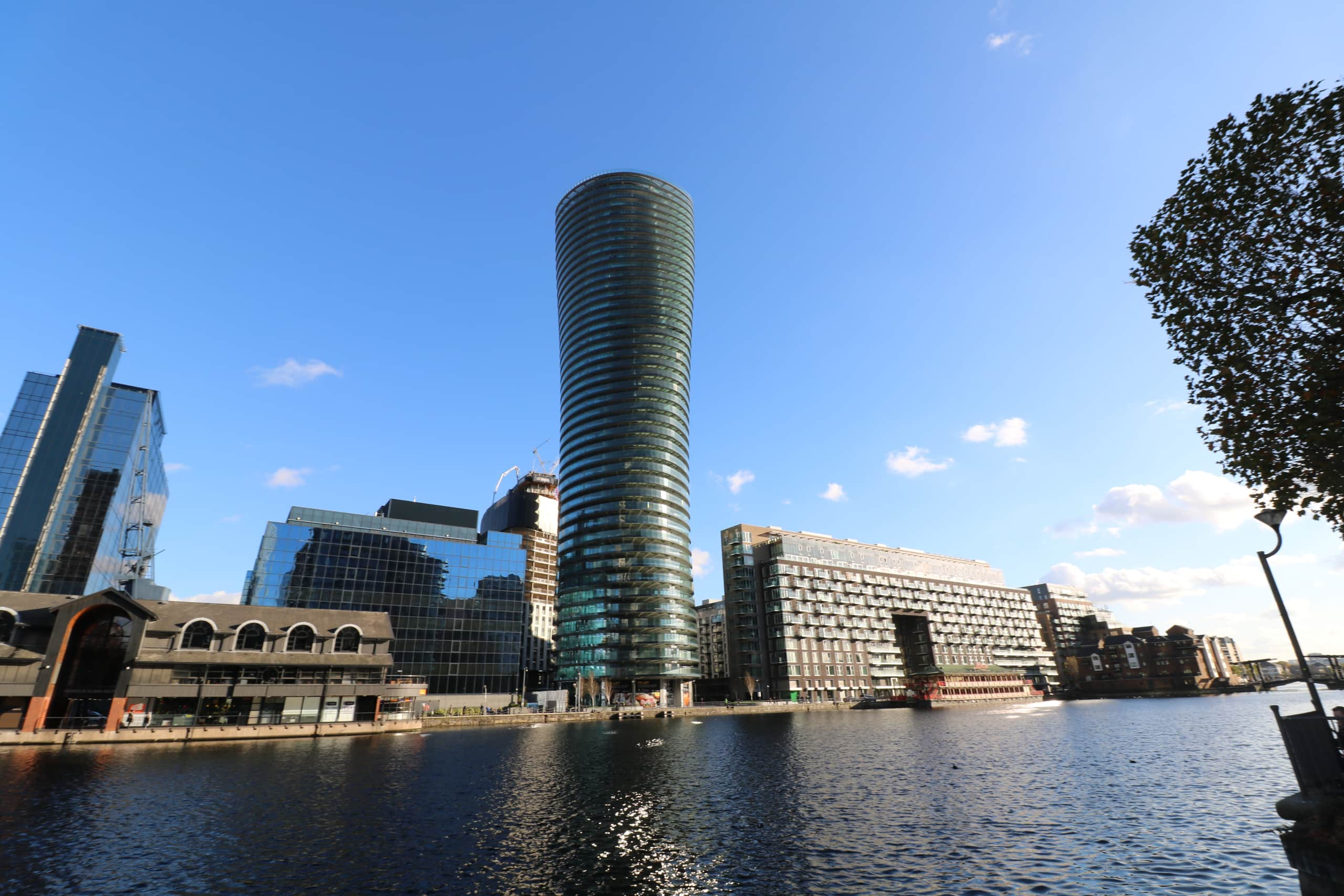The Future Homes Standard: Changes to Part L & Part F
Changes to Part L and Part F of the Future Homes Standard have been met with a mixed response as the industry reacts.
To address climate change, the UK Government has set out to achieve an 80% reduction in greenhouse emissions by 2050. It is estimated that 25% of carbon emissions come from homes and a further 17% from non-domestic buildings, so a decision was been made to improve energy efficiency in every household.
In late 2019, the Government consulted on its proposed Future Homes Standard for England. This included revisions to Part L of the building regulations on the conservation of fuel and power and revisions to Part F of the building regulations on ventilation and condensation, as applied to newly-built homes.
The government has committed to introducing the 2025 Future Homes Standard, with the expectation that the average home “will have 75-80% less carbon emissions than one built to current energy efficiency requirements.”
The changes to Part F and Part L of the Building Regulations came into effect in October 2020 and have been greeted with a mixed response from the industry.
Whilst most of the industry are committed to the ambitious environmental goals set by the Government, others are concerned the goal is not a net zero carbon target and that the advancement of technology needed to reach the goals will not be adopted fast enough.
The Architects Climate Action Network have argued that the changes don’t go far enough and won’t put the industry on the right path for meeting the challenges of the climate crisis.
Others meanwhile have argued that this is a necessary step to address construction’s carbon footprint, which contributes around 40% of the UK’s total.
The environment we are facing today means that the way we see homes, and the role they play in our everyday lives, is forever changing. One key change we’ve seen this year is that they will need to be more efficient as more people work from home more often, long after the pandemic has passed.
Keep up with the latest industry news, sign up to receive your free copy of Insight Magazine.
